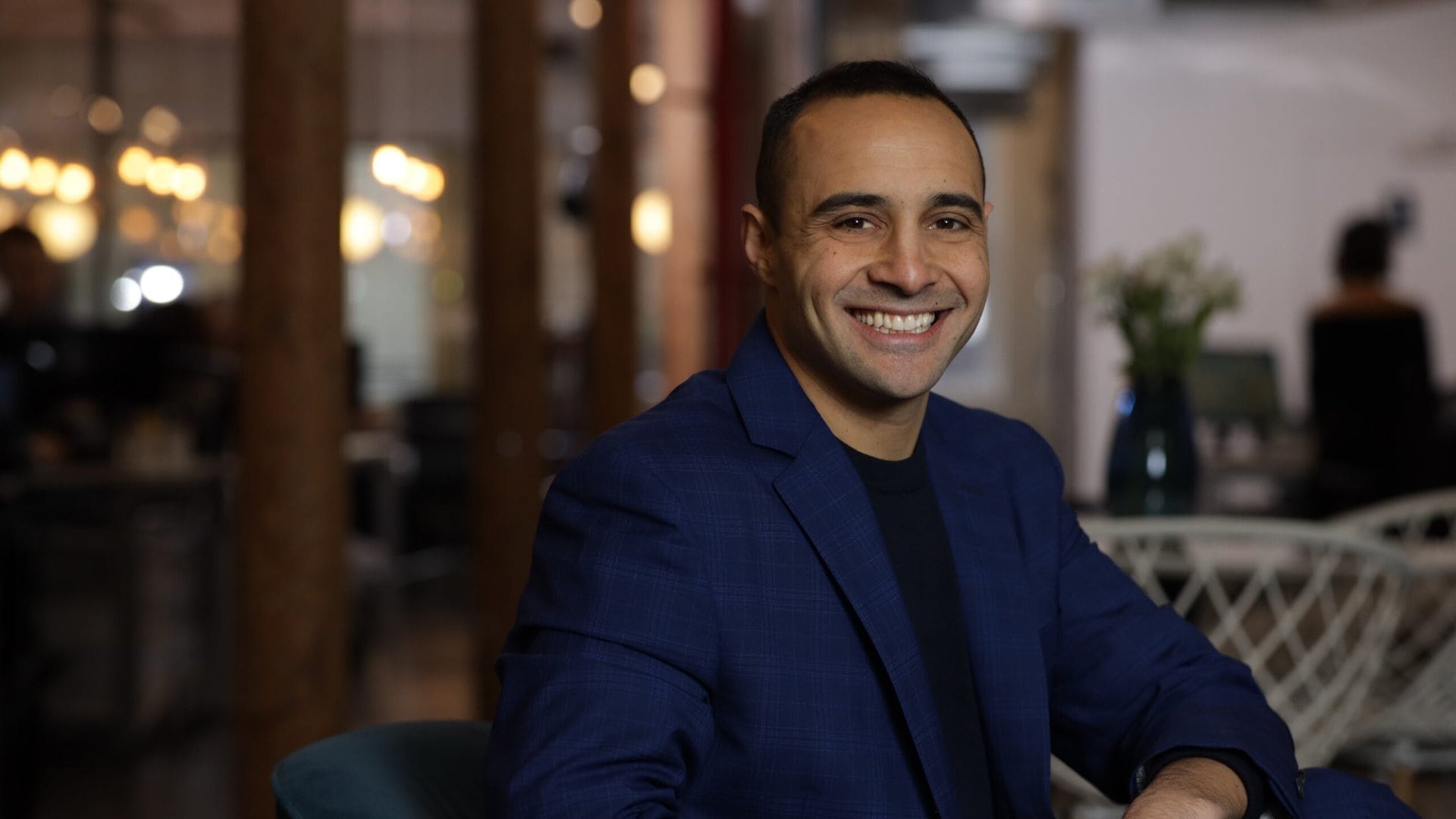The Future of Finance: Questions from N6A’s Entrepreneur Webinar
I recently had the privilege of being invited by Entrepreneur, Oracle and NetSuite to join their webinar on “The Future of Finance.” The webinar was hosted by speaker and author Jill Schiefelbein with CFO and financial business strategist Carl Seidman joining as a panelist.
They invited me on to share insights, learnings and advice on how to maximize the finance function in a business from my experience growing N6A over the past decade.
Additionally, they asked me to provide perspectives on what creates a healthy and productive relationship between a CEO and CFO.
We covered a ton of ground on the webinar, but we ran out of time before having the chance to answer all the questions from the audience.

If you didn’t get to join us live, you can find the full webinar here. But below are a few of the questions that we didn’t get to on the webinar.
What role does finance play in innovation within an organization?
- Scenario Testing is Key. Before you roll out any innovation initiative that has a significant impact on your budget make sure it’s properly tested. Before we introduced our Pace Points program our CFO spent several months going back in time and scenario testing the program as if it were implemented the prior year – assigning accounting methodology, determining potential financial liabilities, pressure testing and running worst case scenarios based on the prior year’s actual performance. This program was a major investment we made (both financially and time/opportunity costs) so it needed to go through rigorous testing before it was ready for prime time.
What process would you recommend implementing to create a productive relationship between a CEO and CFO?
- Set Regular Discipline and Rigor. Have a cadence in place to review and track financial analytics on a regular basis. Our CFO presents a monthly financial package where we review key financial KPIs, progress against goals, and he holds me and each of our department heads accountable for our budgets.
How do you measure what success looks like?
- Set Financial KPIs. Set clear and transparent KPIs on what success looks like from a financial standpoint. These KPIs should be reflective of all departments; i.e. revenue targets for sales, operating margins for finance, client concentration goals by client portfolio for service, and so on. It should be up to your CFO to work in tandem with department heads and the CEO to set the KPIs for each department and to develop a process of checks and balances to make sure the goals are being met.

How do you improve the finance function within your organization?
- Make Incremental Improvement. Study financial analytics from previous years and commit to making incremental improvements. Some areas that we aim to improve each year in our budgeting process are sales versus service versus support expense distribution, margin efficiencies on incremental revenue, ROI analytics on department spend. I would encourage you to think incrementally and make modest but impactful improvements in financial optimization each year. In time, you will find these incremental improvements to have a major impact.
What is something to be prepared for if you’re a new entrepreneur who’s trying to manage the finance function on their own?
- Always Have A “Stuff Happens” Budget. Just like you factor in a bad debt reserve you should have a “stuff happens” budget. Something that accounts for the inevitable curve balls your business will be thrown each year. Historically we set aside 2-5% of our operating budget for financial surprises that we can’t identify at the beginning of the year, but we know will inevitably happen.
If you joined the webinar and I missed one of your questions, feel free to reach out to me on LinkedIn and I’ll be sure to get back to you quickly.
#EmbraceThePace

